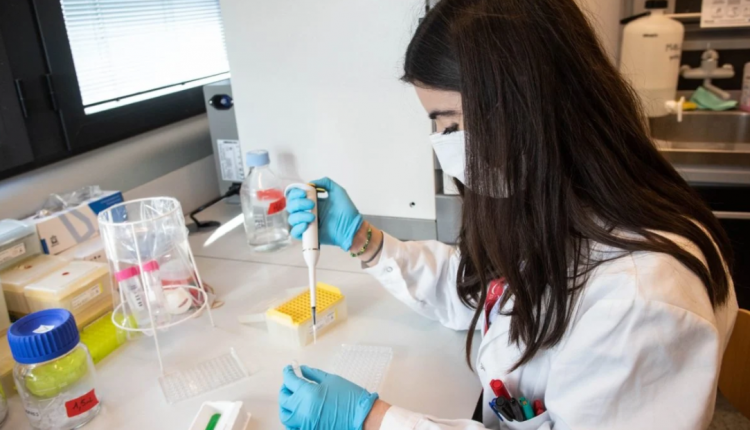
Covid-19: two lipids possible markers for disease severity
Two lipids markers for Covid-19 severity: Results of study by State University researchers published in Scientific Report
Since COVID-19, the disease caused by the Sars-CoV-2 virus, normally known as Coronavirus, was declared pandemic, the entire scientific community has been mobilising not only to find a cure for the infection, but also to define possible markers, i.e. molecules that mark the patient’s prognosis in advance.
It is important to be able to predict, even on admission, whether the patient should be treated aggressively or be subjected to milder treatment.
The aim of this study was to identify markers that could predict whether the patient is destined to worsen or, in other words, could correlate with the severity of the infection and the prognosis.
Of all the possible markers, this study focused on blood lipids
This is because there are a number of assumptions, as yet only theoretical, that point to the possibility of correlating disease severity with the way the body processes lipids.
To this end, 50 patients recruited from intensive and sub-intensive care units at Milan’s San Paolo Hospital were examined for clinical and biochemical parameters used to determine the severity of the infection: C-reactive protein (a measure of inflammatory status), Horowitz index (a measure of respiratory capacity), D-dimer (a measure of coagulation status), creatinine (a measure of kidney function) and age.
In addition to these routine tests, a blood sample pre-washed from the patient on admission was examined by a mass spectrometry procedure (using the OMICs platform) that allows the amount of virtually all small molecules (or metabolites) with a role in the patient’s reaction to infection to be obtained from a small sample of less than one millilitre.
Using sophisticated statistical tests, the data obtained for blood lipids were then related to the course of the infection one week after admission.
From these analyses, some important considerations emerged.
First of all, a general decrease in the amount of lipids in the blood was observed
In addition, 29 lipid species were identified that could be used to discriminate between patients who subsequently deteriorated.
These species belonged to different lipid categories, but were mainly found to be sphingolipids, ceramides and sulphatides.
Finally, among these 29, two lipids, sphingomyelins 20 20:0 and 22:2, which belong to the class of sphingolipids, were identified and could, more than the others, be candidate markers for monitoring disease progression and severity.
“These data, of course, need confirmation using larger cohorts of patients and especially the results obtained from similar studies carried out by other research groups in Italy and abroad. Pending such confirmations, however, we are convinced that the results that have been published in Scientific Report will serve the entire international scientific community not only to predict the possible aggravation of the patient, but also as a support for the early diagnosis of severe infection (including non-COVID-19) and to monitor the development of new drug treatments”, conclude Michele Samaja and Rita Paroni, biochemists at the Department of Health Sciences of the State University of Milan and authors of the study.
Lipidi CovidRead Also:
Covid, WHO: ‘By March 2 Million Deaths In Europe’. Alarm For Intensive Care
Covid, Cooke (Ema): ‘We Have Contingency Plans For Omicron Variant’
Omicron Variant: What Is It And What Are The Symptoms Of The Infection?


